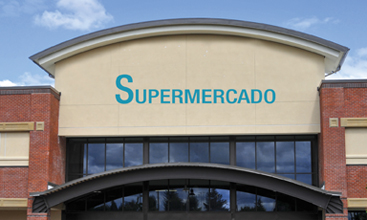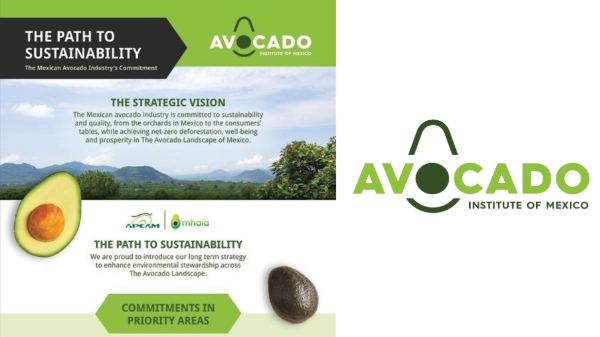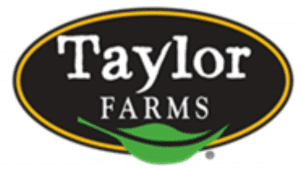Welcome to Blue Book!
Are you ready to join the thousands of companies who rely on Blue Book to drive smarter decisions? View our plans and get started today!
Still have questions? We’d love to show you what Blue Book can do for you. Drop us a line– we’ve been waiting for you.

In 1980, a handful of Hispanic-focused supermarkets, such as Compare Foods in the Northeast and Big Saver Foods in Los Angeles, began expanding to form small, regional chains. At the time, the U.S. Hispanic market numbered 15 million.
Today, there are dozens of regional chains across the country focusing on Hispanic consumers, several with store counts of 50 or more. Among the larger examples are Bravo and Sedano’s in Florida; Cardenas, Northgate Gonzalez, and El Super in Southern California and the Southwest; Fiesta Mart and El Ahorro in Texas; Superior, Mi Pueblo, and Vallarta in Southern and Central California; and Food City in Arizona.
A critical difference between these stores and mainstream grocers, however, is the opportunity for shoppers to find products, displays, and advertising in Spanish, not just English.
This significant expansion over the past four decades is not surprising since the Hispanic population has grown to more than 50 million by 2014 (more than three times the figure from 1980), accounting for 17 percent of total U.S. population according to the most recent U.S. Census. More interesting is the rise in spending, as Hispanic consumers hold more than $1.3 trillion in purchasing power, up from just $490 billion in 2000.
Hispanics also spend more on grocery purchases—especially fresh foods, including produce—than U.S. consumers as a whole. According to a December 2012 report by AMG Strategic Advisors and Univision, Hispanics spend an average of $495 per month on groceries, compared to $416 for the population as a whole, and more than $100 per store visit.
This emphasis on fresh produce can be a boon for the industry from growers and shippers to wholesalers to retailers. Jaime Herrera, executive director of the Los Angeles Produce Market Association, confirms the trend: “There’s been an increase in volume in all kinds of produce catering to the Mexican and Latino community.”
Market Saturation?
Unlike when Hispanic supermarkets were starting to come on the scene in large numbers in the 1970s, today the competitive landscape is crowded, at least in cities with large Hispanic populations. In Los Angeles alone, Northgate Gonzalez (one of the U.S.’s top 10 independent supermarkets), Vallarta, Cardenas, and Superior, along with smaller chains such as K.V. Mart’s various nameplates, are vying for Hispanic consumers’ attention.
And the larger chains continue to expand: Vallarta announced plans to open three new stores a year, with a goal of being in 100 communities by 2030. The chain currently has 43 stores in 10 counties in California. Others are expanding outside their core regions; earlier this year, Cardenas and Northgate Gonzalez jointly set up a new company, CNG Ranch LLC, to purchase 11 Pro’s Ranch Markets in Arizona, New Mexico, and Texas. In early September, all Pro’s stores were rebranded as ‘Los Altos Ranch Market.’








